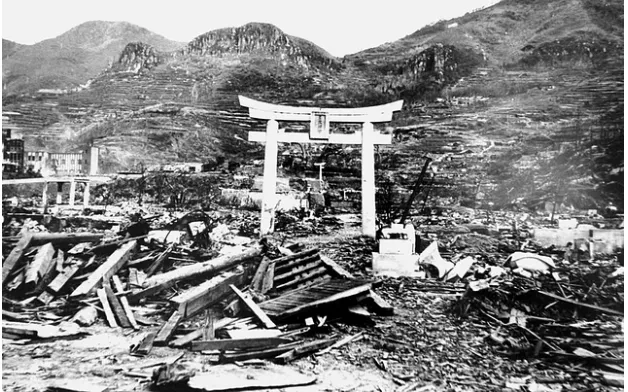Although this is not new information, the significance of the event calls for a detailed discussion. On August 9, 1945, the U.S. dropped the second atomic bomb on Nagasaki, Japan, just days after Hiroshima suffered the same fate. Over 150,000 people were killed instantly in both cities, and the death toll exceeded 200,000 within a year. The cities were reduced to ashes, and many survivors lived with permanent disabilities due to the radiation exposure.
The most dangerous aspect was the lack of knowledge about the effects of radiation. Many survivors, known as “Hibakusha,” suffered from various illnesses throughout their lives. Despite the diminishing number of survivors, those who remain continue to warn the world of the dangers of nuclear weapons.
However, recent events have raised concerns. Ahead of this year’s anniversary, Nagasaki Mayor Shiro Suzuki announced he would not invite Israel’s ambassador due to the ongoing conflict in Gaza, similar to his stance on Russia due to the invasion of Ukraine. This decision has sparked controversy, especially among Western nations, who view Israel differently.
The Hibakusha’s ongoing efforts to raise awareness about the dangers of nuclear weapons face increasing challenges in a world where political biases overshadow humanitarian concerns. Despite these challenges, the legacy of the Hibakusha remains a beacon of hope in the fight for a nuclear-free world.




